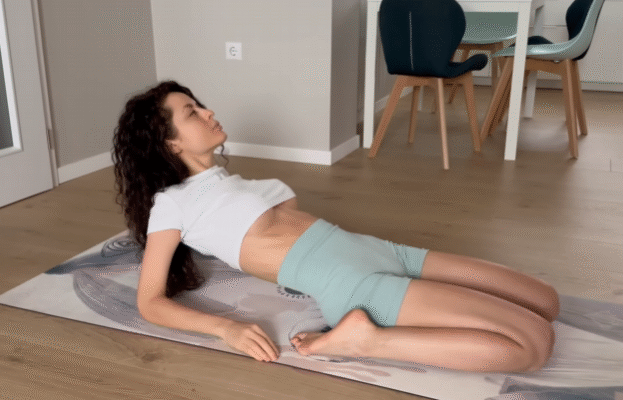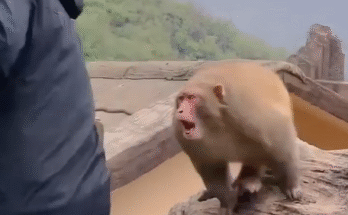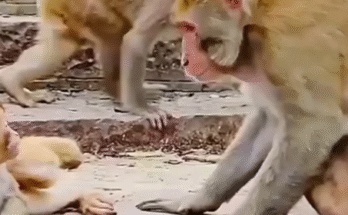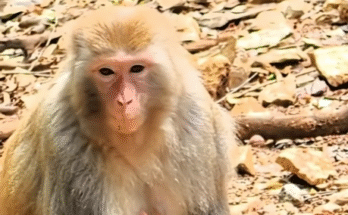
A heart-opening flow is more than a sequence of stretches, bends, and mindful breaths. It is a gentle invitation to soften, to expand, and to reconnect with the parts of ourselves that have slowly closed under the weight of stress, routine, or emotional heaviness. When you step onto your mat for a heart-opening practice, you’re not just moving your body—you’re creating space for compassion, joy, and emotional freedom to rise again.
This flow is designed to release tension in the chest, shoulders, and upper back while grounding you through the breath. Whether you’re practicing to heal, to energize, to feel more open, or simply to unwind, this sequence welcomes you exactly as you are.
The Essence of Heart Opening
The heart center—or anahata chakra—is connected to love, trust, self-acceptance, and emotional balance. When this space feels physically tight, it often mirrors the emotional tension we carry. Rounding the shoulders, collapsing the chest, hunching over screens—these daily patterns gradually close the heart, both physically and energetically.
A heart-opening flow helps reverse that posture.
It encourages you to stand tall, breathe deeply, and stretch into vulnerability. Each movement becomes a reminder that openness is a strength, not a weakness.
weginning the Practice: Grounding the Breath
Start seated comfortably on your mat.
Let your spine lengthen, your shoulders soften, and your eyes gently close.
Take a slow inhale through the nose, filling the lungs until the chest and ribs expand.
Hold that fullness for a brief moment—just long enough to feel your heartbeat under the lift of your sternum.
Then exhale through the mouth, releasing everything unnecessary.
Do this five times. With each breath, imagine the chest opening a little more, as though the breath is clearing dust from a hidden window.
Now gently place your right hand on your heart and your left hand on your belly.
Feel the rise and fall, the warmth beneath your palm.
Whisper to yourself silently: I am safe to open. I am safe to feel.
Warm-Up: Creating Openness in the Shoulders
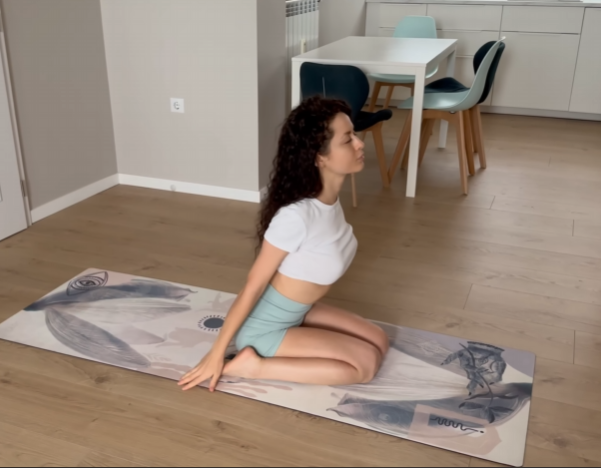
From your seated position, begin circling your shoulders.
Lift them up toward your ears on the inhale and roll them back and down on the exhale.
Do 10 slow rotations.
Then clasp your hands behind your back, straightening the arms as best you can.
On an inhale, lift your heart upward.
On the exhale, fold forward, keeping the hands reaching behind you.
This simple movement begins the heart-opening journey—stretching the front body while allowing emotional release through the gentle inversion.
Stay here for a few breaths before slowly rising.
Cat-Cow for Flowing Mobility
Come onto all fours in a tabletop position.
Spread your fingers wide, grounding firmly into the mat.
On inhale, drop your belly and lift your chest—Cow Pose.
Feel the front of your body lengthen.
This is one of the first true “heart openers” of the flow.
On exhale, round your spine—Cat Pose.
Push the floor away and let the back of your heart dome upward.
Move through 10 slow rounds, synchronizing breath and movement.
With each inhale, imagine your chest becoming a little brighter, a little lighter.
Low Lunge Heart Lift
Step your right foot forward into a low lunge.
Keep your back knee on the mat and sink your hips forward.
Place your hands on your front thigh and lift your chest.
Draw the shoulders back, opening the front of the body with intention.
If it feels good, reach both arms overhead and gently arch back.
Let your heart shine upward.
Hold for 5–7 deep breaths.
Switch sides and repeat.
This pose stretches the hip flexors—a key area that gets tight when we sit too much. Opening the hips helps release emotional blockage that often sits silently in the lower body.
Melting Heart Pose (Anahatasana)

From tabletop, walk your hands forward while keeping hips stacked above knees.
Lower your chest toward the mat.
Let your heart melt downward.
This pose is one of the deepest heart openers in gentle yoga—offering a surrendering stretch to the shoulders, chest, and upper back.
Breathe deeply into the space between your shoulder blades.
Imagine the breath traveling from the back body to the front, expanding your emotional capacity.
Hold for at least 8 long breaths.
Sphinx & Baby Cobra—Strength Meets Openness
Lower down onto your belly.
Slide your elbows beneath your shoulders for Sphinx Pose.
Lift your chest forward and up, pressing into your forearms.
Feel the length along the abdomen, the expansion across the collarbones.
If you want to deepen the sensation, move into a gentle Baby Cobra:
Place your hands under your shoulders and lift your chest slightly without over-arching.
These poses build strength in the back body—the main support for heart opening. Strength and softness work together here.
Stay for 5–6 breaths.
Camel Pose Prep
Come up onto your knees for a safe, accessible version of Camel Pose.
Place your hands on your lower back, fingers pointing downward.
Lift your chest as though a string is pulling your sternum up.
Then gently press hips forward while leaning back only as far as feels comfortable.
You do not need to reach for your heels.
The goal is openness, not forcing a deep bend.
Take 4 deep breaths, feeling the stretch in the front body.
Slowly return upright.
Bridge Pose
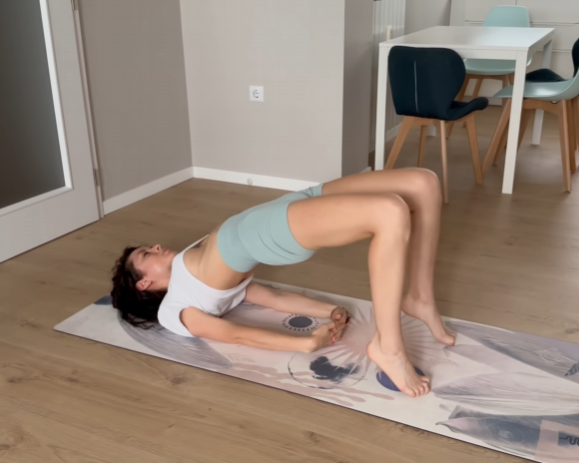
Lie on your back with knees bent and feet hip-width apart.
Press into your feet and lift your hips.
Interlace your fingers beneath you if possible, tucking shoulders underneath.
Bridge Pose opens the chest while strengthening the legs and back—creating expansion from a grounded foundation.
Hold for 7 breaths before gently lowering.
Repeat once more if you wish.
Supine Heart Release
Hug your knees to your chest.
Then let them fall to one side while your gaze shifts to the opposite side.
This gentle twist helps release tension in the spine, making space for breath and softness.
Switch sides after a few breaths.
Final Pose: Supported Fish
Place a pillow or rolled blanket under your upper back.
Let your arms fall open like wings.
This relaxing posture lifts the heart and encourages deep, effortless breathing.
Close your eyes and rest here for several minutes.
Feel the chest rising freely.
Feel the weight dropping away.
Let your heart be open—not vulnerable, but free.
Closing Thought
A heart-opening flow is a reminder of how much beauty we can access when we simply choose to open—physically, emotionally, energetically. Every inhale lifts you; every exhale softens you. The chest opens not to expose weakness, but to reveal strength: the courage to feel, to hope, to love, and to heal.
Carry that openness with you off the mat.
Let your breath be spacious.
Let your posture be tall.
Let your heart lead, gently and brightly.
